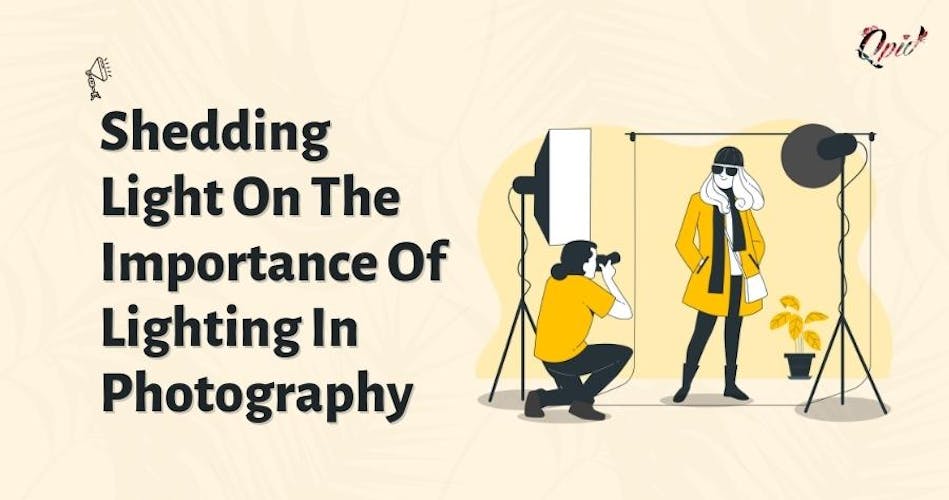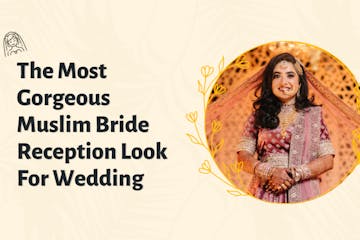Many factors influence good pictures in content development, one of which is the need for proper photographic lighting. Lighting affects mood, tone, and atmosphere in addition to brightness, darkness, contrast, color, and saturation. Simply put, the value of lighting and how to use it effectively in your images can make or break an image. You may produce stunning dynamic wedding photography Bengali that is fundamentally superior to your typical "snapshot" by balancing light, dark, and shadows.
One of the most important parts of any photography is proper lighting, especially for a wedding photographer in Kolkata. Even the most attractive topic can appear flat, lifeless, and boring in the absence of suitable lighting. On the other hand, a Bengali wedding photographer can turn a commonplace subject into a breathtaking piece of art by using the appropriate lighting.
Choosing a lighting style, changing a light source, or knowing what natural light scenario to shoot in, or when to change direction, are all skills that can improve your content creation quality. It helps you produce more compelling photography.
This article will discuss the important of light in photography and offer some advice on how to make the most of it. But first, be familiar with the types of lighting in photography.
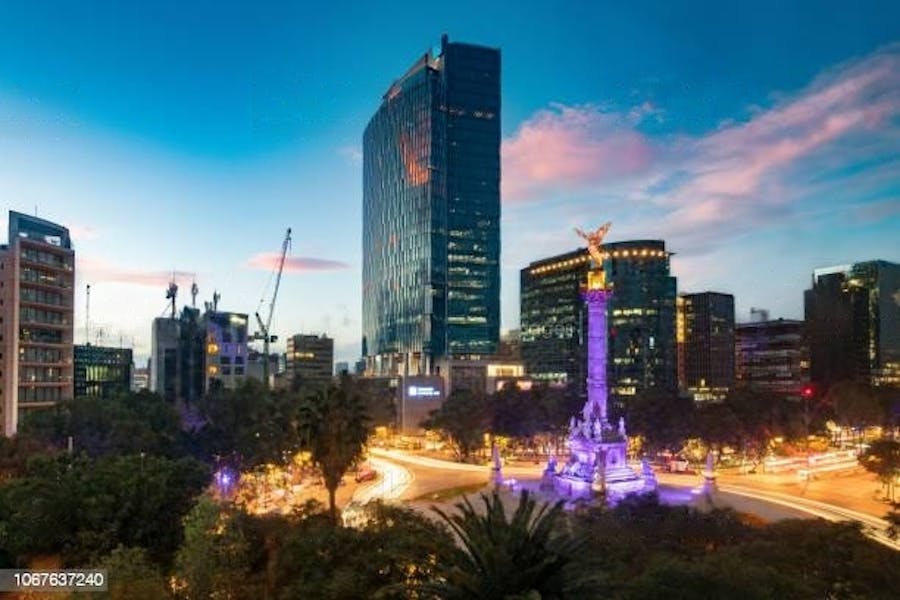
Different Lighting Types and Their Benefits
Natural lighting and artificial lighting are the two basic categories of photography lighting types. In contrast to artificial lighting, which is produced by man-made sources like flash, studio lights, and more, the importance of natural light in photography is light that originates from the sun, moon, or other naturally occurring sources.
Soft lighting and harsh lighting are additional categories for natural lighting. Hard lighting is more powerful and casts a harsher shadow than soft lighting, which is diffused and less intense. An image captured on a cloudy day would have soft lighting, but an image captured on a sunny day would have hardened the importance of lighting in photography.
Artificial lighting can also be classified as being either high-key or low-key. When the majority of the image is well-lit, it creates a light and airy feeling, which is known as high-key lighting. When the majority of the image is black, and low-key the importance of lighting in photography is used to create a dramatic and melancholy atmosphere.
Here Is The Importance Of Light To Photography
1. Lighting Creates Ambiance
The tone of an image can be significantly changed by the way the light affects a subject. As an example, harsh, direct sunlight nature photography can produce a sharp, high-contrast appearance, whereas soft, diffused light can produce a more calm, serene atmosphere. For instance, in portrait photography or professional photography, softer, diffused light can contribute to a pleasing and intimate effect, whereas harsher lighting can produce a more dramatic and edgy vibe.
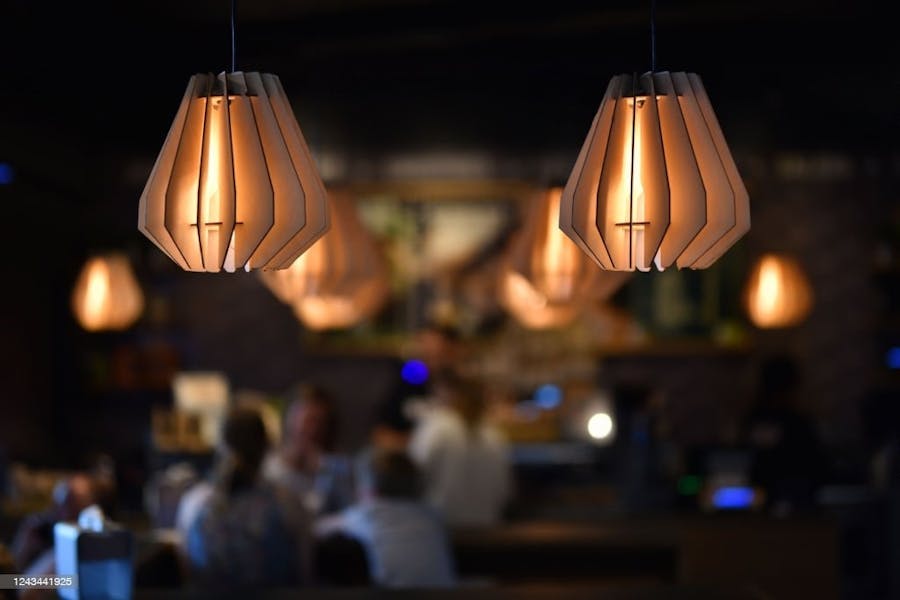
2. Lighting Can Bring Out Texture And Detail
In order to highlight texture and detail in images, lighting is an essential part of nature best photography. A photographer can generate shadows that help highlight the texture and detail of the subject by holding the light source at an angle to the subject. This method works especially well in still-life natural light photography, where delicate lighting can bring out the texture of things like fruits, flowers, and fabrics.
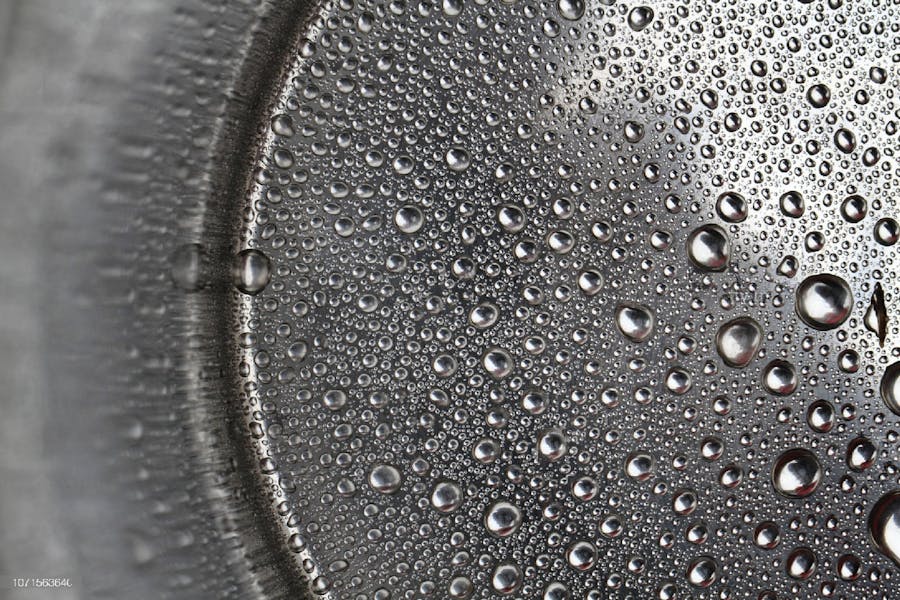
3. Depth Can Be Created With Lighting
Lighting can be utilized to highlight texture and detail as well as give the appearance of depth in images. A photographer can create the illusion that a subject is three-dimensional and has depth by combining light and shadow. This is especially helpful in landscape photography or even indoor photography lighting. Where the combination of light and shade photography can give an otherwise flat image a sense of depth and dimension.
4. Lighting Can Give Drama
Lighting can be a very effective part for adding drama and tension to pictures. A photographer can evoke drama and intensity in an image by creating contrast between light and shade. This is especially helpful when photographing people in portraits since dramatic best lighting for indoor photography can help to convey mood and emotion.
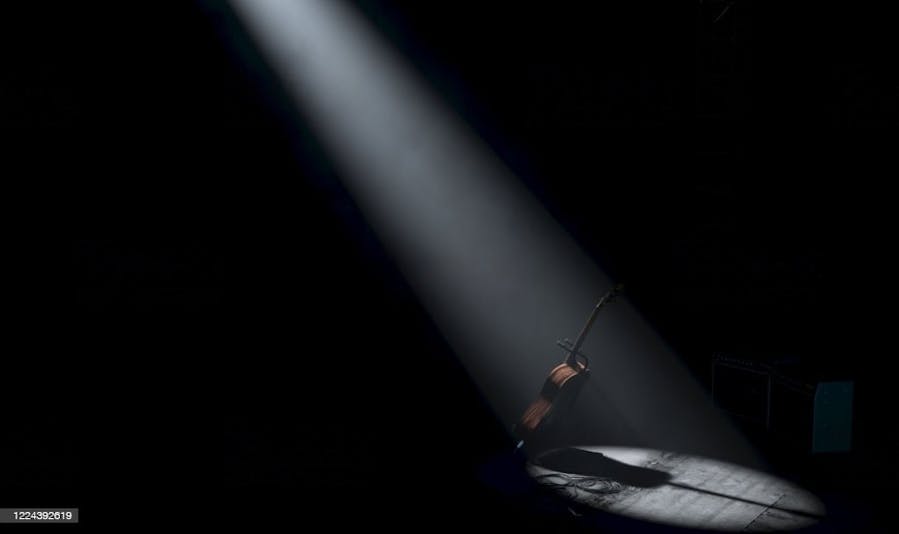
5. Lighting Can Create A Sense Of Time And Place
Lighting can also be used to create a sense of time and place in photographs. For example, warm, golden light can help to create a sense of sunset or sunrise, while cool, blue light can create a sense of night time or early morning. This is particularly useful in landscape photography, where the use of light can help to create a sense of the time of day and the mood of the environment.
6. Color Can Be Controlled Using Lighting
Lighting is also a useful technique to control colour in pictures. Different colour temperatures created by various light sources can have a significant impact on how colours appear in photographs. For instance, tungsten lights have a warmer, more yellowish tone than natural light sources like daylight, which is cooler and bluer. A photographer can achieve the ideal color balance in indoor portrait photography by selecting the proper light source and altering the colour temperature in post-processing.
Camera lights for photography is not as complex as they might seem. If you start with the base of photography lighting techniques and practice with one or two picture lights, you will quickly become an expert at getting the right exposure. Learning from the importance of light in photography tips on how to control your photography with lights is one of the best things you can do to improve your photography abilities.
Now that you are aware of the many types of light, what they do, and when to use them, it is time to go out and start using your new skills. Maintain a current web portfolio throughout the process so that prospective clients and coworkers may view all you have completed to date.
Frequently Asked Questions
1. What does lighting mean in photography?
In photography, "light" describes the point at which a light source—which could be either natural or artificial—is placed in respect to your subject.
2. How does lighting affect mood in photography?
Our impression of a light source and how an object will seem in a setting are greatly influenced by its direction.
3. What lighting is best for photography?
The base of good photography is flash lighting, commonly referred to as strobe lighting.
4. What are the principles of light in photography?
The three main principles of photography are intensity/quantity of light, light direction, and quality of light.
5. What is the benefit of lighting?
Lightning aids in the water's dissolution of the useless nitrogen, resulting in the production of a natural fertiliser.
